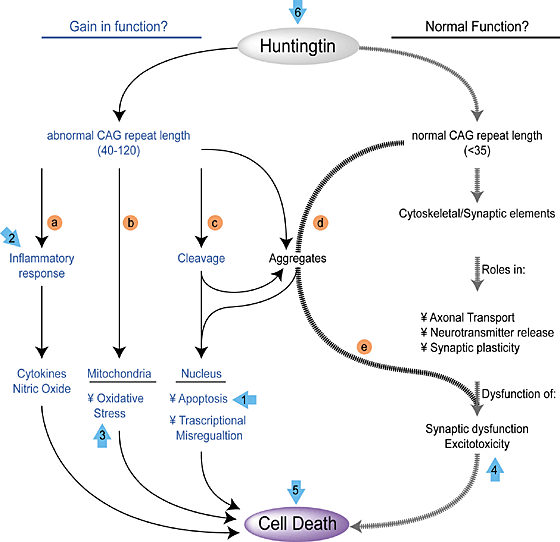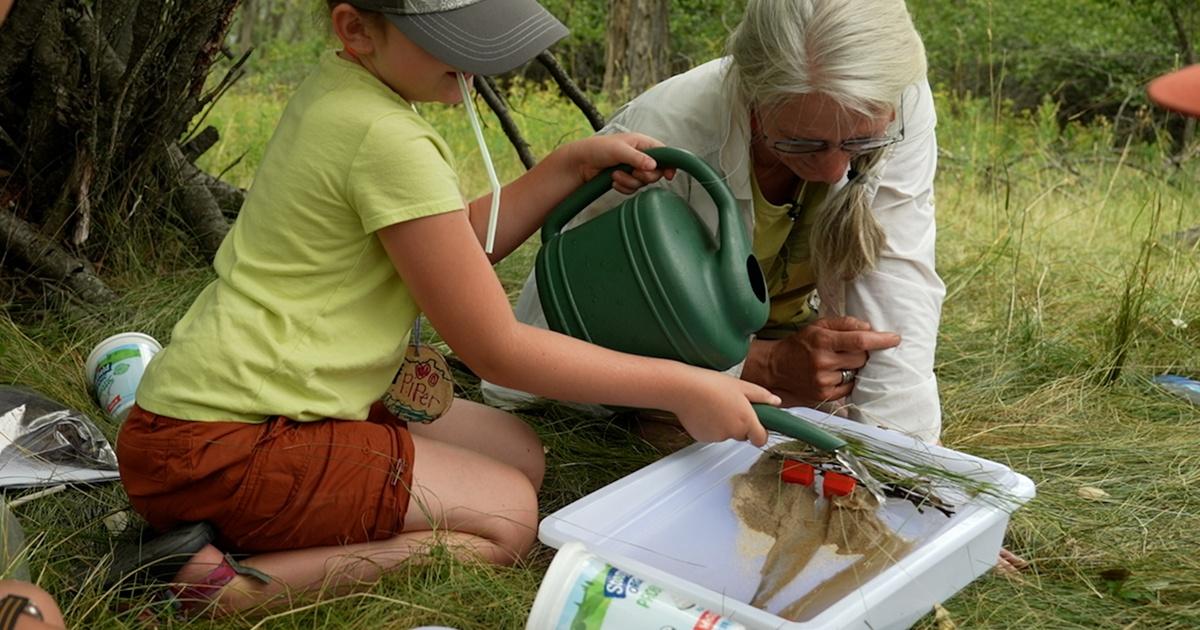
- Select a language for the TTS:
- UK English Female
- UK English Male
- US English Female
- US English Male
- Australian Female
- Australian Male
- Language selected: (auto detect) - EN
Play all audios:
Proteins carrying (CAG)n repeat expansions are believed to cause neurological diseases such as Huntington Disease through their toxic gain-of-function. It may be, however, that loss of
normal protein function can also contribute to pathogenesis. Access through your institution Buy or subscribe This is a preview of subscription content, access via your institution ACCESS
OPTIONS Access through your institution Subscribe to this journal Receive 12 print issues and online access $209.00 per year only $17.42 per issue Learn more Buy this article * Purchase on
SpringerLink * Instant access to full article PDF Buy now Prices may be subject to local taxes which are calculated during checkout ADDITIONAL ACCESS OPTIONS: * Log in * Learn about
institutional subscriptions * Read our FAQs * Contact customer support REFERENCES * Reddy, P.H., Williams, M. & Tagle, D.A. Recent advances in understanding the pathogenesis of
Huntington's disease. _Trends Neurosci._ 22, 248–255 (1999). Article CAS Google Scholar * Tukamoto, T., Nukina, N., Ide, K. & Kanazawa, I. Huntington's disease gene product,
huntingtin, associates with microtubules in vitro. _Brain. Res. Mol. Brain. Res._ 51, 8–14 (1997). Article CAS Google Scholar * Li, H., Li, S.H., Johnston, H., Shelbourne, P.F. & Li,
X.J. Amino-terminal fragments of mutant huntingtin show selective accumulation in striatal neurons and synaptic toxicity. _Nature Genet._ 25, 385–389 (2000). Article CAS Google Scholar *
Feero, W. & Hoffman, E.P. Huntington's disease. Their loss is our gain? _Curr. Biol._ 5, 1229–1231 (1995). Article CAS Google Scholar * Dragatsis, I., Levine, M.S. &
Zeitlin, S. Inactivation of Hdh in the brain and testis results in progressive neurodegeneration and sterility in mice. _Nature Gen._ 26, 300–306 (2000). Article CAS Google Scholar *
Davies, S.W. et al. Are neuronal intranuclear inclusions the common neuropathology of triplet-repeat disorders with polyglutamine-repeat expansions? _Lancet_ 351, 131–133 (1998). Article
CAS Google Scholar * DiFiglia, M. et al. Aggregation of huntingtin in neuronal intranuclear inclusions and dystrophic neurites in brain. _Science_ 277, 1990–1993 (1997). Article CAS
Google Scholar * Reddy, P.H. et al. Behavioural abnormalities and selective neuronal loss in HD transgenic mice expressing mutated full-length HD cDNA. _Nature Genet._ 20, 198–202 (1998).
Article CAS Google Scholar * Block-Galarza, J. et al. Fast transport and retrograde movement of huntingtin and HAP 1 in axons. _Neuroreport_ 8, 2247–2251 (1997). Article CAS Google
Scholar * Velier, J. et al. Wild-type and mutant huntingtins function in vesicle trafficking in the secretory and endocytic pathways. _Exp. Neurol._ 152, 34–40 (1998). Article CAS Google
Scholar * Narain, Y., Wyttenbach, A., Rankin, J., Furlong, R.A. & Rubinsztein, D.C. A molecular investigation of true dominance in Huntington's disease. _J Med. Genet._ 36, 739–746
(1999). Article CAS Google Scholar * Haque, N. & Isacson, O. Antisense gene therapy for neurodegenerative disease? _Exp. Neurol._ 144, 139–146 (1997). Article CAS Google Scholar
Download references AUTHOR INFORMATION AUTHORS AND AFFILIATIONS * Genetics and Molecular Biology Branch, National Human Genome Research Institute, NIH, Bethesda, 20892, Maryland, USA
Nicholas A. Di Prospero & Danilo A. Tagle * Nicholas A. Di Prospero & Danilo A. Tagle Authors * Nicholas A. Di Prospero View author publications You can also search for this author
inPubMed Google Scholar * Danilo A. Tagle View author publications You can also search for this author inPubMed Google Scholar RIGHTS AND PERMISSIONS Reprints and permissions ABOUT THIS
ARTICLE CITE THIS ARTICLE Prospero, N., Tagle, D. Normal and mutant huntingtin: Partners in crime?. _Nat Med_ 6, 1208–1209 (2000). https://doi.org/10.1038/81294 Download citation * Issue
Date: November 2000 * DOI: https://doi.org/10.1038/81294 SHARE THIS ARTICLE Anyone you share the following link with will be able to read this content: Get shareable link Sorry, a shareable
link is not currently available for this article. Copy to clipboard Provided by the Springer Nature SharedIt content-sharing initiative






)
:max_bytes(150000):strip_icc():focal(999x0:1001x2)/holiday-tv-episodes-4-f2ca1051f1d74962af638c9958d2179a.jpg)
